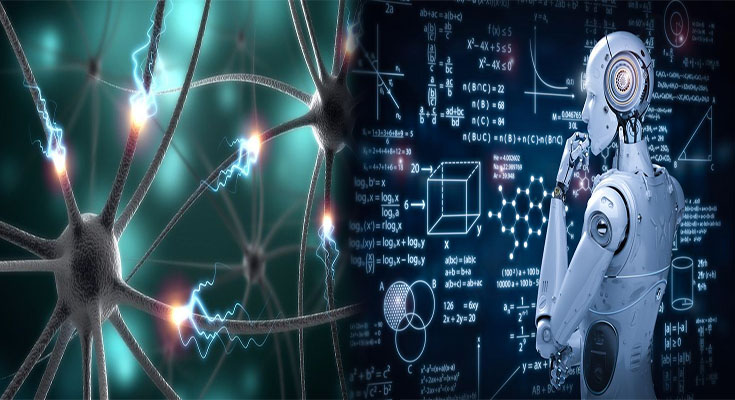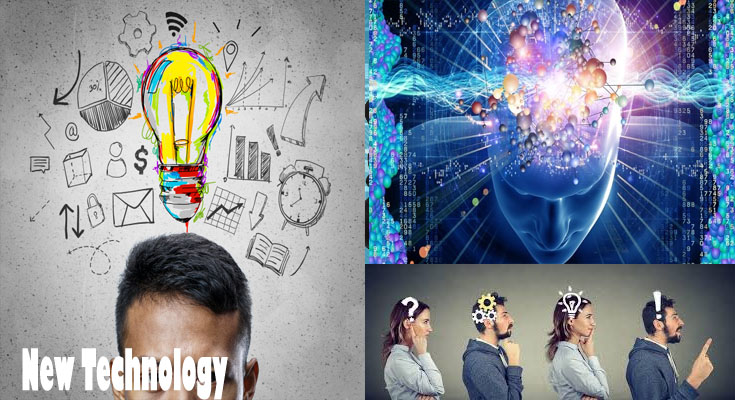Artificial intelligence algorithms are used to power intelligent systems, making them autonomous and enabling them to learn from their environment. These AI programs can take many forms, including neural networks and genetic programming. In this article, we’ll examine the different types of algorithms used by artificial intelligence and the process for creating them.
The Importance of Algorithms
Algorithms are instructions that make a computer work. They are used in many areas of life, including business, science and engineering.
Algorithms are used to make decisions and solve problems. They can be simple or complex, but they all work the same way: they perform repetitive tasks based on rules given by the programmer (or designer). For example, an algorithm might tell you that if your friend asks you to go out for dinner on Friday night then you should say yes because they’re your friend and they would never ask unless they really wanted to go out with you!
Types of Algorithms
There are many types of algorithms, each designed to solve a specific problem. For example, one type of AI algorithm can be used to identify objects in an image while another might determine which route through traffic is quickest. Below are some examples of algorithms that have been developed or adapted for use in artificial intelligence applications:
- Artificial Neural Networks (ANNs) – ANNs are modeled after neural networks found in the human brain and consist of layers that process information from one layer to another until reaching an output layer with a desired result or decision made by the network. They’re useful for tasks such as image recognition and classification because they can “learn” from examples provided by humans; over time this enables ANNs to become more accurate at making predictions based on new data inputs than they were previously able to do so effectively without being trained first through experience-based learning techniques .
Artificial Neural Networks
Neural networks are a type of algorithm that mimics the way neurons in the brain connect and communicate with each other. They’re used to solve problems by learning from examples, but they aren’t new: theories about how neural networks might work have been around since 1943!
Artificial Neural Networks (ANNs) are different than biological ones in that they don’t have any biological components like cells or synapses. Instead, they’re made up entirely of math functions that perform calculations based on input data and previous outputs. These functions form layers called nodes which compute values at every step forward through time until an answer is reached–kinda like how you might teach yourself how to play chess by studying past games played by masters!
Machine Learning
Machine learning is a type of artificial intelligence that uses algorithms to learn from data. It’s used in many different industries, including healthcare, finance and education.
Machine learning can be used to predict future events by analyzing the past and present. For example: if you have an email address book with hundreds or thousands of contacts whose emails you know how they sign their name (first initial followed by last name), machine learning can be used to help predict what they will write when they send an email message without having access to any other information about them besides their name!
Genetic Programming and Evolutionary Computing
Genetic programming is a type of evolutionary computing based on the idea that biological evolution can be simulated by means of computer programs. It attempts to mimic how natural selection works in nature.
In this process, an initial population of randomly generated programs is created and allowed to compete with each other in a competitive environment (i.e., they are put through their paces). The best performers from this generation are then selected for breeding purposes; these are called parents or breeding pairs. They are paired together, and then recombined into new offspring with different characteristics than either parent had originally possessed (this process is known as crossover). These offspring are tested against each other until only one remains – it wins!
AI algorithms are used to power intelligent systems and make them autonomous.
AI algorithms are used to power intelligent systems and make them autonomous. They can be used in many different industries, including healthcare, finance, transportation and manufacturing. AI algorithms can be used to make predictions and decisions that affect the lives of humans around the world.
AI algorithms are the backbone of intelligent systems. They are used to power autonomous robots, predictive analytics and many other applications. The most popular types of AI algorithms are artificial neural networks, machine learning and genetic programming / evolutionary computing.





